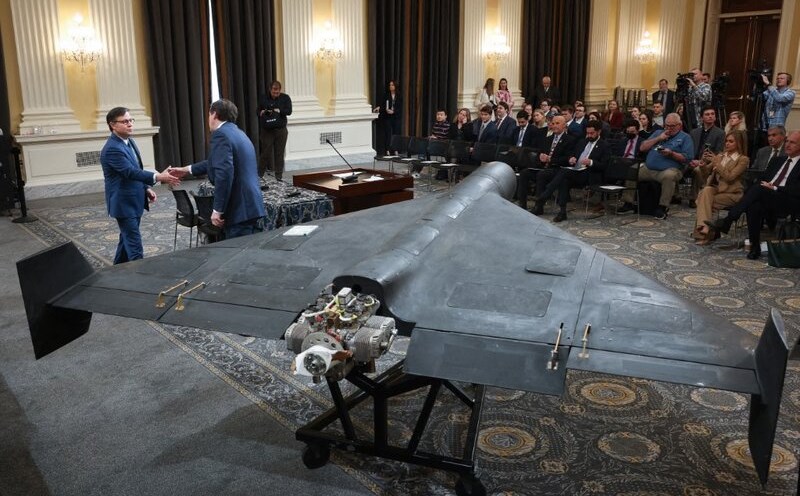According to the US Space Defense Command (NORAD), the US air fleet mobilized for the blink-side identification mission includes an E-3 sentry command and control aircraft, two F-16 fighter jets and two KC-135 Stratotankers.
In addition, the Russian aircraft is identified by NORAD as a type II-20 - a specialized aircraft for reconnaissance and surveillance.
However, the Russian plane was still in international airspace at the time and did not enter the airspace of the United States or Canada, NORAD said in a statement.
"This Russian activity in Alaska's ADiz occurs regularly and is not considered a threat," NORAD added in a statement.
NORAD said ADIZ "istsure from where sovereign airspace ends and is a designated international airspace, requiring immediate identification of all aircraft for national security benefits".
Notably, last week, US F-16 fighters were deployed twice to intercept Russian Il-20s operating in ADIZ of Alaska. The first time on August 21, the second time on August 20 and if counting the whole of August 24, the II-20 had been blocked 3 consecutive times.
In a statement on August 24, NORAD also reaffirmed its capabilities, with a multi-layered defense network of satellites, ground and aerial radars and fighter jets to detect and track aircraft as well as take appropriate actions.
"NORAD is always ready to use some response options to protect North America," the Command added.
According to the United States Federal Aviation Administration (FAA)'s Aviation Information Handbook, ADIZ is an airspace area on land or at sea where the identification, location and control of all aircraft (except those of the Department of Defense and law enforcement agencies) is required immediately for national security benefits.











